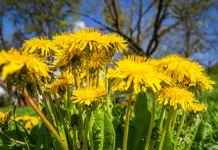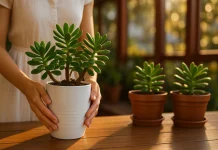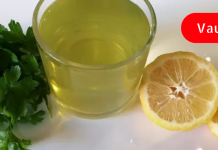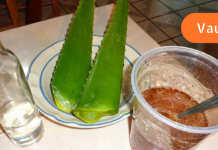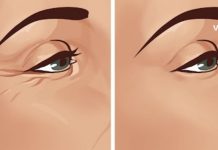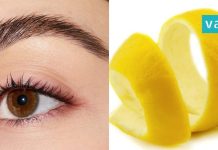One of the most commonly used natural remedies for treating purulent inflammations in the oral cavity is the root of the plant known as Lashkhara. This root is traditionally prepared in the form of a decoction, which is used for rinsing the mouth to alleviate infections and inflammations that produce pus. The decoction not only serves as a cleansing agent for oral health but is also applied externally in the form of compresses or dressings for various conditions such as fractures, dislocations, neuralgia, and furuncles (boils).
Preparation of Lashkhara Root Decoction
To prepare the decoction for compresses or for use as a mouth rinse, take 10 grams of finely chopped Lashkhara root and add it to one cup of boiling water. Allow the mixture to simmer gently for about 10 minutes. If necessary, the amount of root can be doubled to increase the potency of the decoction. This herbal preparation has proven effective in traditional medicine due to its anti-inflammatory and antibacterial properties, which help reduce swelling and fight infection.
External Application for Furuncles and Wounds
In addition to its use in the oral cavity, the decoction made from Lashkhara root is often used externally to treat skin conditions such as furuncles and wounds. For this purpose, a mixture of Lashkhara root and another medicinal herb called Shvita (used in equal parts) is applied directly to the affected area. This herbal blend is valued for its ability to soothe inflammation, promote healing, and prevent the spread of infection.
Traditional Folk Medicine Uses
In folk medicine, when Lashkhara root is not available, the Shvita herb alone is used as a substitute. Both of these plants are often combined with pig fat to create an ointment that is applied to treat fractures and severe bruises. This ointment helps to relieve pain, reduce swelling, and accelerate the recovery process by supporting tissue repair.
Applications for Various Conditions
Beyond its role in treating oral inflammations and skin issues, the raw, freshly grated root of Lashkhara, as well as the herb itself, is applied topically to relieve a range of other ailments. For instance, during cases of hemorrhoids, wounds, abscesses, or burns, the fresh root or herb is pressed onto the painful area to provide relief. Sometimes, the plant material is mixed with clay to enhance its soothing and healing effects. This traditional approach is based on the plant’s natural properties that help reduce pain, inflammation, and bacterial infection, making it a valuable resource in natural healing.
Summary
Overall, Lashkhara root and its associated herbal remedies play an important role in traditional medicine, particularly in managing purulent inflammations of the oral cavity and related conditions. Whether used as a decoction for rinsing the mouth, a compress for wounds and furuncles, or an ointment combined with pig fat for fractures and bruises, this plant offers a versatile and effective natural treatment option. Its ability to combat infection, reduce inflammation, and promote healing has been recognized for generations, making it a staple remedy in many cultures.
